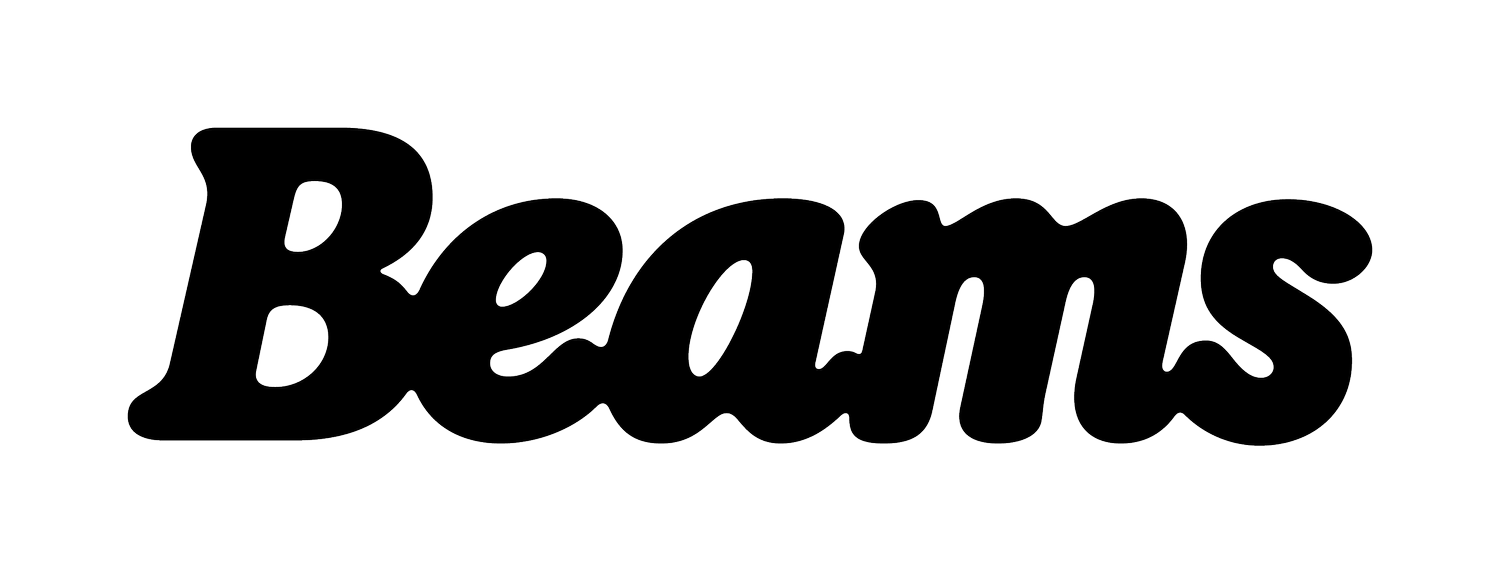Gas vs. induction hobs: Energy costs, performance and installation differences
Choosing between a gas hob and an induction hob isn’t just a question of taste—it’s a balancing act between speed, efficiency, budget and lifestyle. And in 2025, with energy bills top of mind and kitchen design more tech-forward than ever, it’s a debate worth taking seriously.
Whether you’re a traditionalist with a cast iron skillet or a minimalist looking to pair your hob with a quartz worktop, we’re here to break it down clearly—no jargon, just practical guidance.
TL;DR:
Induction hobs are faster, more efficient, and easier to clean. Gas hobs are cheaper to run and preferred for certain cooking techniques. If you're after precision and safety, go induction. For cost savings and flame-based cooking, gas might still be your winner.
What’s the Difference Between Gas and Induction Hobs?
Gas uses flame. Induction uses magnets. That’s the short version. Gas hobs heat your pans through a direct flame—visible, fast, and tactile. Induction, meanwhile, uses electromagnetic fields to heat the pan directly, skipping the air and saving energy.
With induction, there’s no wasted heat swirling up the sides. And you won’t burn yourself by touching the surface seconds after cooking—it stays cool. Gas, by contrast, heats everything it touches. Sometimes that’s a benefit; sometimes it’s a hazard.
This also means induction hobs are significantly more efficient, with up to 90% of energy going into your food compared to around 40% with gas. That makes a big difference if you cook often and hate waste.
Data check: It takes just 4.6 minutes to boil a large pan of water on an induction hob—compared to over 12 minutes on a gas one.
How Do Running Costs Compare?
Gas is cheaper per unit—but induction is smarter with how it uses energy. Currently, electricity costs more than gas in the UK, so induction hobs tend to cost more to run day-to-day.
That said, because induction transfers more heat directly to your cookware, you get quicker cooking and less waste. If energy prices shift in the coming years—as many predict they will—this gap could narrow or even reverse.
Also, think about installation and futureproofing. Induction hobs plug into a 13-amp or 32-amp supply and don’t require a gas line—great for modern builds and all-electric homes. In fact, if you’re switching from gas to electric appliances across the board, induction may align better with your long-term goals.
If budgeting is a concern, check out our guide on how much contingency you should allow for in your renovation—it’s not always where you expect the money to go.
Do They Affect How You Cook?
Absolutely—your cooking style should guide your choice. Gas hobs offer better control for some chefs because of the visible flame. It’s easier to gauge intensity at a glance, and you can tilt pans or cook with woks and griddles directly over the heat.
Induction hobs are more clinical but incredibly precise. They respond instantly to control changes—some models adjust faster than gas. And they’re perfect for low-temp tasks like melting chocolate or simmering sauces.
One downside? You’ll need induction-compatible pans (i.e., magnetic bases), but many standard pots already meet the criteria these days. And if you’re planning a full kitchen revamp, you might be weighing other choices too—like whether to replace or reface kitchen cabinets, or go custom vs off-the-shelf units.
Why Are Induction Hobs Considered Safer?
No open flame. No gas leaks. Minimal burn risk. That’s the case for induction.
With gas, you’ve got an exposed flame and the chance of carbon monoxide if ventilation’s poor. You’re also at risk of burns from hot grates and spilled food igniting.
Induction hobs, on the other hand, only heat the pan. The surface itself remains relatively cool and switches off automatically when cookware is removed. It’s a huge plus if you’ve got kids, pets or just don’t want to constantly be on edge in the kitchen.
Plus, they’re flat and easy to clean. No fiddling with burner grates or scrubbing around greasy edges—just a quick wipe and you’re done.
Summary Table: Gas vs Induction at a Glance
| Feature | Gas Hob | Induction Hob |
|---|---|---|
| Heating Method | Open flame | Electromagnetic heating |
| Boil Time (Large Pot) | ~12.4 mins | ~4.6 mins |
| Efficiency | ~40% energy to food | Up to 90% |
| Safety | Open flame, risk of leaks | Cool surface, automatic shut-off |
| Cleaning | Harder – grates, gaps | Easy – flat surface |
| Cookware | Any | Magnetic base required |
| Running Costs | Lower | Higher (but efficient) |
| Upfront Cost | Lower | Higher |
| Eco-Friendliness | Fossil fuel-based | Cleaner with renewables |
Beams Renovation’s Take
At Beams, we see more and more clients moving towards induction—not just for performance and safety, but because it aligns with futureproof, all-electric home setups. Still, if you love your stir fries or want that familiar visual feedback from a flame, gas isn’t going anywhere just yet.
If you’re unsure, we often advise clients to consider their broader renovation goals: are you going DIY or hiring professionals? Are you updating your whole kitchen or just replacing a hob? These factors often decide for you.
From our end, we’ll help you spec and source the right appliances based on layout, wiring, and how you actually use your kitchen. And if the idea of cooking during the works fills you with dread—don’t worry. We’ve got a full guide on how to survive without a kitchen.
